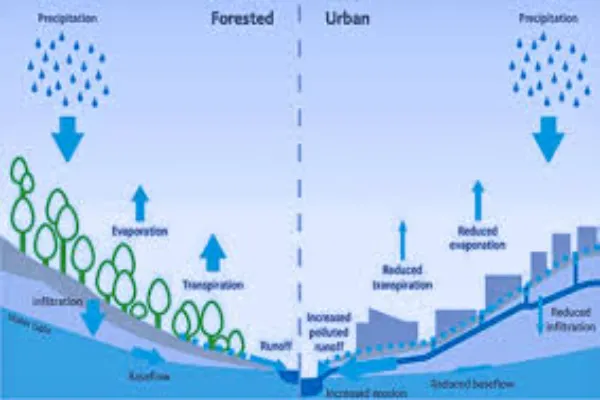The Critical Role of Rain Tracking and Reporting in Stormwater Compliance

How important is rainfall data when it comes to staying compliant with regulations?
Missing critical data or failure to document rainfall can lead to violations and costly fines. Accurate rain tracking is key to protecting the environment and meeting legal obligations. Let’s explore how consistent reporting keeps sites in compliance and reduces risks.
Accurate Data Collection for Compliance
Reliable rainfall data forms the foundation of stormwater compliance and starts with consistent measurements. A site that performs a stormwater inspection after each qualifying rain event has a clear record to show regulators. Missing this data leaves gaps that create compliance risks and lead to enforcement actions. Daily condition logs and rain totals ensure every event is properly recorded.
Data records must reflect both the quantity and timing of rainfall. Sites often need to know when a half-inch threshold is met so they can schedule required visual checks. Dependable rain gauges or digital monitors help capture this information accurately. Consistent recordkeeping builds a trustworthy compliance history.
The Role of Automated Systems
Digital systems make it easier to maintain precise records without guesswork. Automated tools log rainfall amounts, timestamp events, and store the information in a centralized dashboard. This reduces the chance of human error and allows quick access during inspections. Alerts can also notify crews when rain thresholds are reached.
These tools improve efficiency by compiling data into ready-to-share reports. When regulators request proof, the information is available instantly. This quick response demonstrates a commitment to compliance and can prevent disputes. For sites that oversee multiple locations, automation ensures uniform records across every property.
Benefits of Timely Rain Reports
Rain events do not wait for office hours, which is why timely records are essential. Capturing data right after an event prevents forgotten details and ensures corrective actions occur promptly. This becomes crucial if runoff controls are under stress from heavy precipitation. Prompt action allows teams to address issues before they worsen.
Regular updates also help project managers notice patterns and plan resources. For instance, they can schedule maintenance when repeated storms are forecast. A proactive approach keeps erosion controls functioning as intended. Staying ahead of compliance deadlines depends on timely data.
Key Elements of a Strong Reporting Process
A good rain reporting process is structured yet simple enough for crews to follow. It should include:
- A reliable method of measuring rainfall
- A clear schedule for gauge checks
- Digital or paper logs to capture data
- Review steps to verify accuracy
Each of these elements supports consistent documentation. When everyone understands their role, the risk of missed data points is much lower. Regular reviews help refine the process and improve efficiency. This ensures reporting practices match current regulatory expectations.
How Reports Protect the Environment
Rain event records confirm that sediment and pollutants stay out of nearby streams. If stormwater controls fail, reports reveal when the issue began and what corrective steps were taken. This level of documentation is vital for responsible site management.
Strong programs also set a standard for environmental stewardship. They create a culture where the protection of natural resources becomes part of everyday operations. This strengthens public trust and shows regulators that the company takes compliance seriously.
Consistent rain tracking and clear reporting form the backbone of stormwater programs. A site that documents each stormwater inspection builds a record that supports compliance and avoids costly violations. Reliable data also allows teams to react quickly when problems arise. By giving priority to accurate records, sites can protect the environment and remain fully compliant.




